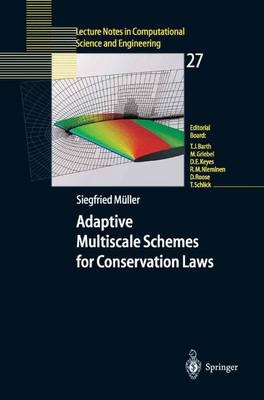During the last decade enormous progress has been achieved in the field of computational fluid dynamics. This became possible by the development of robust and high-order accurate numerical algorithms as well as the construc tion of enhanced computer hardware, e. g. , parallel and vector architectures, workstation clusters. All these improvements allow the numerical simulation of real world problems arising for instance in automotive and aviation indus try. Nowadays numerical simulations may be considered as an indispensable tool in the design of engineering devices complementing or avoiding expen sive experiments. In order to obtain qualitatively as well as quantitatively reliable results the complexity of the applications continuously increases due to the demand of resolving more details of the real world configuration as well as taking better physical models into account, e. g. , turbulence, real gas or aeroelasticity. Although the speed and memory of computer hardware are currently doubled approximately every 18 months according to Moore's law, this will not be sufficient to cope with the increasing complexity required by uniform discretizations. The future task will be to optimize the utilization of the available re sources. Therefore new numerical algorithms have to be developed with a computational complexity that can be termed nearly optimal in the sense that storage and computational expense remain proportional to the "inher ent complexity" (a term that will be made clearer later) problem. This leads to adaptive concepts which correspond in a natural way to unstructured grids.
- ISBN13 9783540443254
- Publish Date 11 December 2002
- Publish Status Active
- Publish Country DE
- Publisher Springer-Verlag Berlin and Heidelberg GmbH & Co. KG
- Imprint Springer-Verlag Berlin and Heidelberg GmbH & Co. K
- Edition Softcover reprint of the original 1st ed. 2003
- Format Paperback
- Pages 188
- Language English
